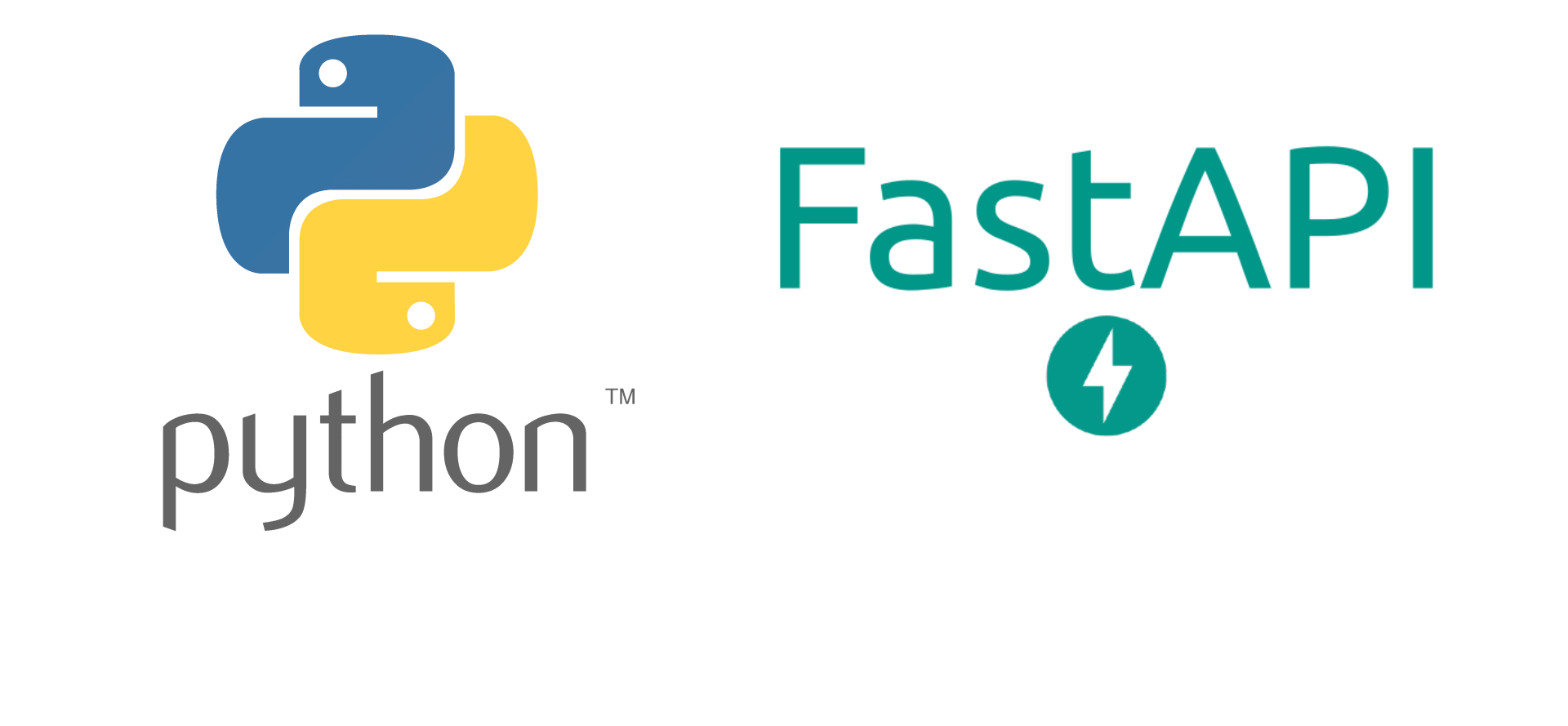API Instances

Table of Contents
Why Python and FastAPI
For the API itself, we chose to use FastAPI.
This choice was heavily influenced by the fact that all the code must be extremely well documented and easy to change in the future.
FastAPI also provides more functionality than some of its more "barebones" competitors (for example, flask), while omitting most of the less used features of more complex alternatives (for example, django).
The option of creating a Spring-based API or choosing a programming language other than Python is not possible, as the code itself must be able to be maintained by people who may not have the specific knowledge to quickly apply the changes that might be needed in the future.
Future proofing also had a large impact on our decision, as all the components of this project must be able to have perhaps even decades of support, since if just one of the components used is discontinued, the whole action flow will be disrupted, causing problems in the whole pipeline.
Therefore, Python and FastAPI were chosen because of their featuresets, easy maintainability, relatively proven future, and good performance.
The FastAPI implementation

The final API codebase was divided into multiple subsections:
Endpoints
The endpoints consist of all the accessible functions of the API, along with their parameters and responses.
All the endpoint's documentation can be found on the Swagger documentation on the API itself, at localhost:8080/docs (the application must be on in order for this page to work).
The endpoints consist of CRUD and other functions that operate on the models and local files that have been inserted into the backend.
Models
The models are the Python/Database representation of the real-life objects that we are working with, providing a simpler and more clear approach to data manipulation.
There are multiple models, for example:
- User Model;
- Dissertation Model;
- Notification Model;
- etc.
Using the pydantic library, all the models automatically apply data consistency checks, valid value checks, default values, etc for all the parameters and variables stored inside a given model object, allowing for a much easier and cleaner code implementation.
Repositories
For interacting with the main database, a set of repository actions was implemented that allow the abstraction of the database components in the rest of the application.
These repositories apply the necessary database operations to the main Database given a set of predefined parameters, and respond with the semi-processed outcome of the database.
These are essential to ensure that the database is not overloaded with bad requests from other functions, that the database threads are used efficiently and that access to the database is easy to alter.
Utils
The utils are a set of functions that provide extended functionality to other parts of the API.
These functions include:
- Authenticating users;
- Creating and sending email notifications;
- Getting the configurations from the Configuration Database;
- Managing local files from the Filesystem;
- etc.
Templates
These templates are used by Jinja and the API to generate simple HTML code.
The generated file can then be sent to an email notification or used to list all the data collected throughout the year (useful for collecting information from the previous year for backups).
Tests
The test portion is still to be implemented.